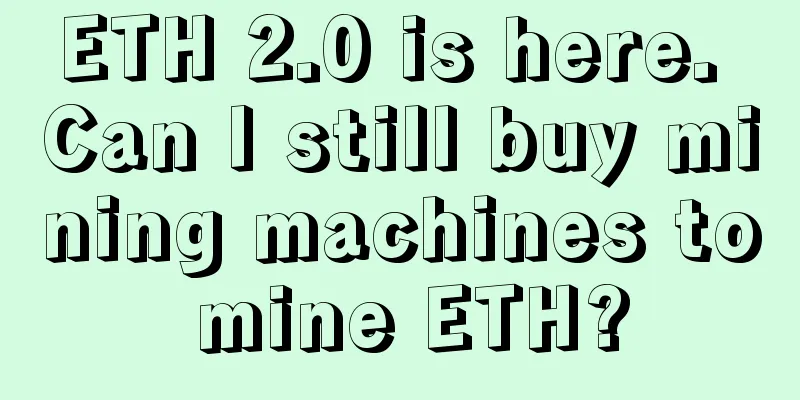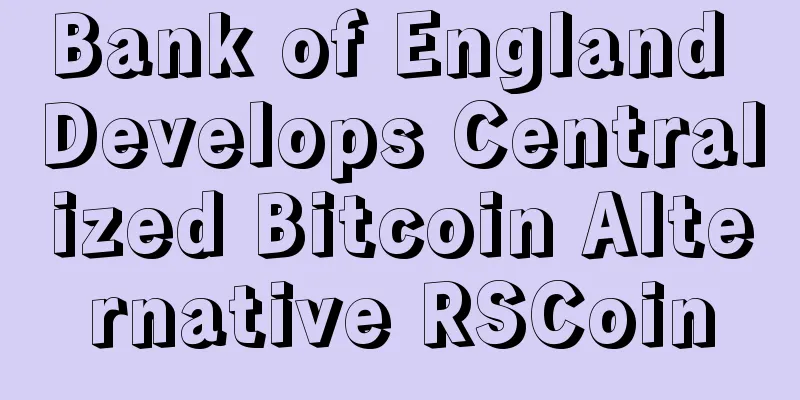Cold knowledge | These four types of block explosions are closely related to your income

|
Introduction to the types of blocks 1. Normal block In addition to the block reward (coinbase), there are also fees paid to miners for sending transactions due to packaging transactions. Generally, the more congested the network is, the higher the miner fee income will be. The Ethereum block contains normal blocks of transactions, of which 2ETH is the coinbase and the extra amount is the mining fee. 2. Empty Block The mining pool generates blocks normally, but the packaged block only contains one transaction for the block reward, and the income is only the block reward. The above picture shows an empty block with a Bitcoin block height of 587,605 and a transaction number of 1. This block can only get a block reward of 12.5 BTC. 3. Orphan Blocks The miners performed the calculation work normally, but after the mining pool submitted the block, the block was not recognized by the network (it may not be the longest chain). The main reasons for orphan blocks are: if two blocks are mined in a very short period of time, one of the two blocks will become an orphan block according to the principle of recognizing the longest chain; it is also possible that the mining pool cannot broadcast the block in time due to network delays or poor node performance when broadcasting the block. The Bitcoin network does not recognize orphan blocks, so mining pools cannot get orphan block benefits. However, since the responsibility for orphan blocks mainly lies with the mining pool, the mainstream Bitcoin mining pools currently bear the loss of orphan blocks themselves. Miners can get rewards as long as they submit shares. 4. Uncle Blocks A unique type of block explosion in the Ethereum network. Generally, the shorter the block generation time, the higher the orphan block rate. In fact, uncle blocks are also a type of orphan blocks, but Ethereum's GHOST protocol stipulates that the block that discovers the uncle block must also receive revenue. So in fact, the network and technical strength of the mining pool determines the number of uncle blocks. Block Types and Benefits Block Types and Miner Revenue Remark:
It can be seen from the above figure that the loss of orphan blocks is borne by the mining pool, while the loss of uncle blocks is borne by the miners. They are both orphan blocks, so why are uncle blocks so good? Or is it that the mining pool is evading some of its responsibilities? This is worth pondering! Sir’s dream has always been to open a mining pool. After calculating the risk of orphan blocks, he decided that mining is the safest option. |
>>: [Evaluation] Biyin's "Hashrate Hedging" Retest Theoretical and Actual Benefit Comparison
Recommend
How to read the fortune lines on palmistry
There are many different lines in our palms, and ...
OKEx Research | Bitcoin hits a new all-time high, with the short-term strength and weakness boundary focusing on 33,500
OKEx BTC/USDT Perpetual Contract: As shown in the...
Guo Jingjing's lucky face
Why was Guo Jingjing able to marry into a wealthy...
How does a woman with a wide forehead look like? How does a blessed person look like?
What does a woman with a wide forehead look like?...
How to buy Bitcoin quickly and easily? Bikan OTC tool can help you easily
Bikan was founded in 2013. Its mobile app "B...
Bitcoin soars, the "king of phones" Antminer S9 is turned on again
According to BlockBeats, on November 6, Bitcoin r...
Beijing Business Daily: Beijing tries out the financial technology "regulatory sandbox", and licensed institutions and digital currencies are expected to enter first
Reporter Meng Fanxia Ma Di Three months after the...
Will people with success lines in palmistry be successful?
There is a line on our hands called the success li...
In the year of change for ETC and ETH, how should graphics card mining be planned?
In 2020, the two major Ethereum currencies, ETH a...
Trump's chances of winning the election are increasing day by day. A quick look at the relevant favorable targets
With only two weeks left before the US election, ...
Is it good fortune for women with the "Chuan" palm?
In palmistry, women with a "川"-shaped pa...
BitPay CEO: The future of the Bitcoin network is determined by users, and we support user-activated soft forks (UASF)
Stephen Pair, CEO of BitPay, a Bitcoin payment se...
Judging from your face, do you have a chance to marry a rich man?
There are many secrets hidden in facial features ...
Is it good for a woman to have a tear mole? What does a teardrop mole mean?
Is it good for a woman to have a tear mole? What ...
What is physiognomy? What are the five sense organs?
Physiognomy refers to the science of fortune-tell...









